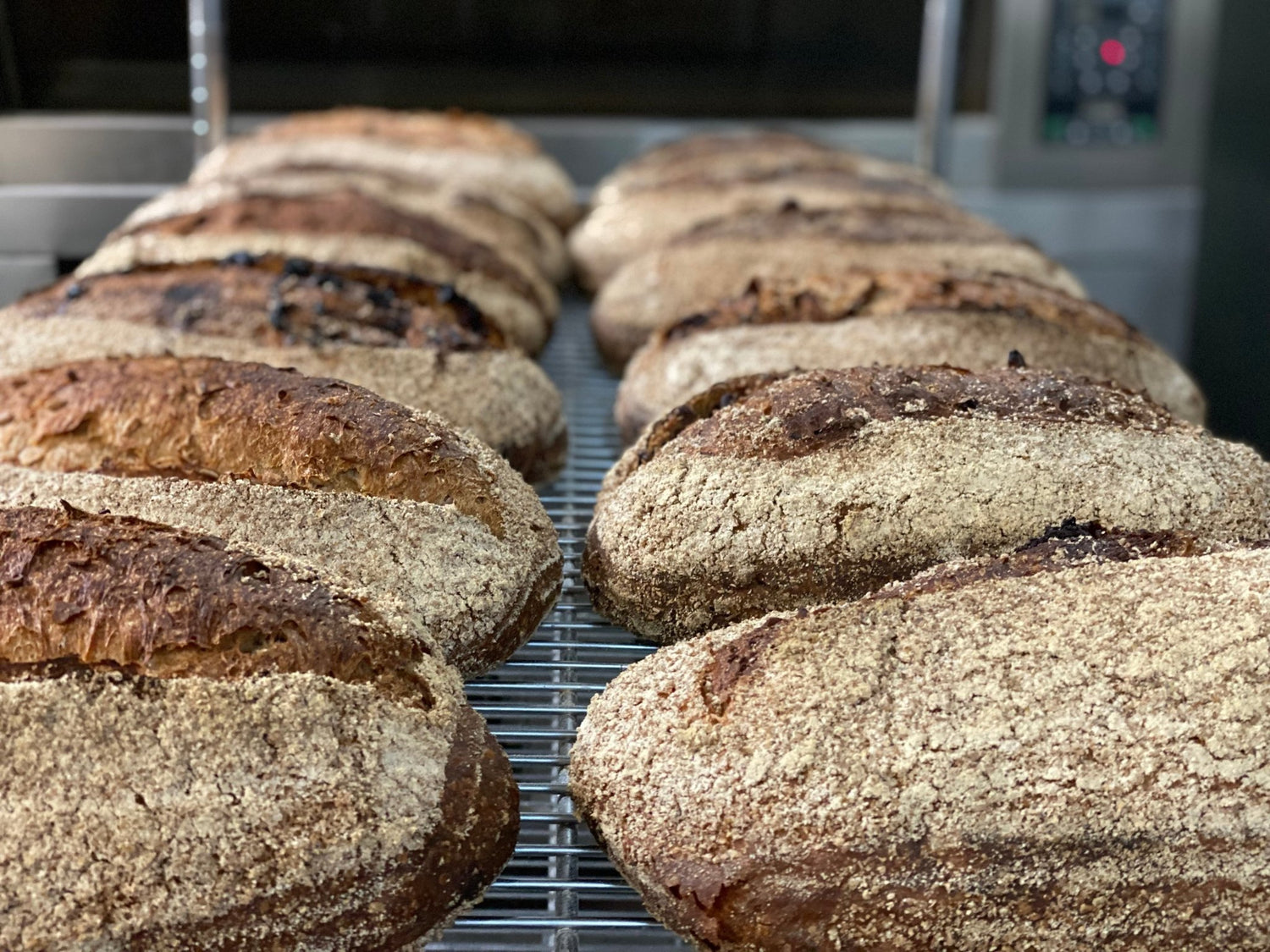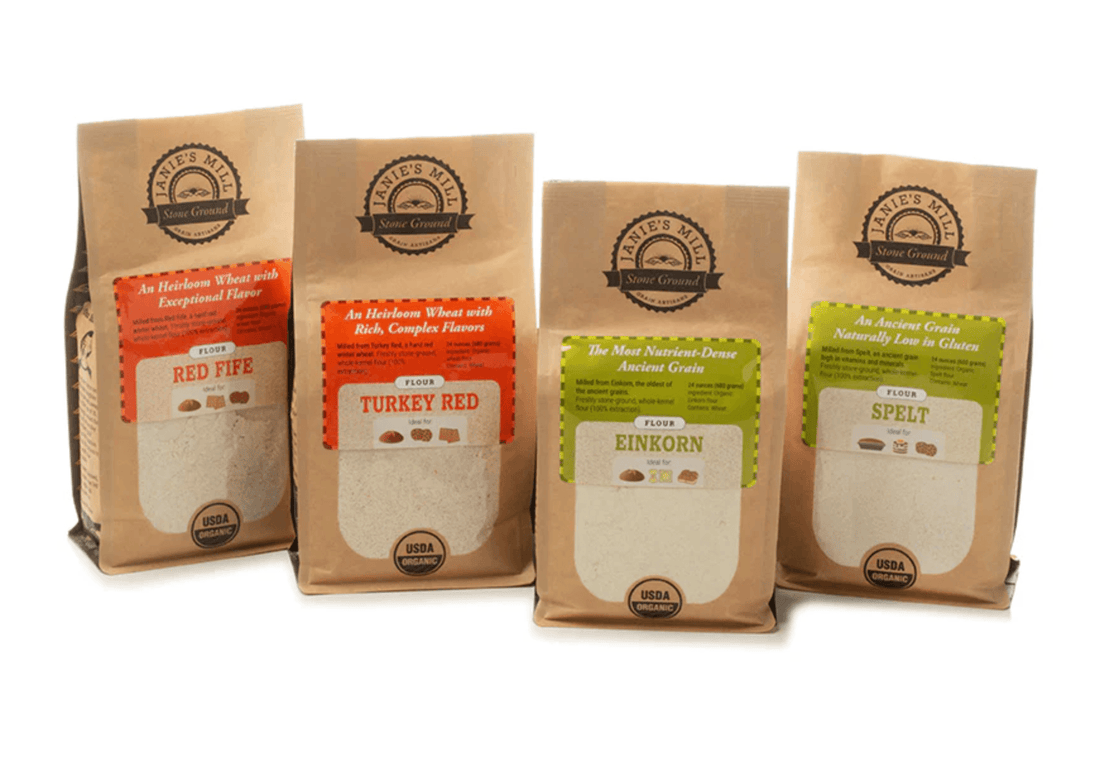We often think of flour as either whole wheat or white flour, and that is mainly because of the industrial flour production and the standardization it has offered. However, the world of grains is much richer as different regions have different grains and different qualities. Explore below the three main categories of grains: ancient, heirloom, and common wheat types.
Ancient Grains
Einkorn
This freshly stone-ground organic einkorn flour is soft and airy, with a creamy color and delicate sweetness. Einkorn is the earliest form of cultivated wheat. Its unique flavor and strong nutritional profile, along with its low gluten content, have made it increasingly popular among home and professional bakers alike. Einkorn flour is very versatile, good in both yeast and sourdough breads, as well as in chapati and naan, waffles and pancakes, and shortbread cookies!

Black Emmer
This stone-milled whole-kernel flour from organic Black Emmer, a rare ancient grain also known as Farro Nero. The word “farro” comes from pharaoh, as this grain was originally grown in ancient Egypt. When the Roman Empire expanded there, they brought this grain back to the continent, and it became known as farro nero, the “black grain of the Pharaohs.”
Black Emmer is an extremely versatile flour, good in yeast or sourdough breads, as well as in cookies, pancakes, zucchini bread and other quick breads. At 11% protein, you can use Black Emmer Flour instead of All-Purpose in your favorite recipes, and bake something truly extraordinary — delicious and highly nutritious!

Durum
Durum is an ancient grain that is closely related to Emmer. Its very high protein level (16%), along with its unique flavor and strong nutritional profile, have made it extremely popular for use in pizza dough, pasta, and breads.
Our freshly stone-ground, organic Durum flour is 100% extraction, meaning 100% of the nutrition and flavor found in each kernel is retained in this flour.

Spelt
Our organic, stone-ground Spelt Flour is delicious, nutritious, and very versatile. In fact, you can substitute it for All-Purpose Flour in most recipes. Because Janie's Mill Spelt Flour is a whole-kernel flour (100% extraction), your cookies, quick breads, pancakes and other favorites have 100% of the taste and nutrition of the whole grain.
Spelt is an ancient grain, an 8,000-year-old relative of durum wheat that originated in present-day Iran. From the near-East, it spread rapidly throughout Europe, becoming especially popular in Germany. Spelt has never been hybridized, so has retained its wholesome nutrient profile.

Heirloom Grains
Turkey Red
Heirloom Turkey Red Wheat has excellent flavor, and good protein quantity and quality. It was grown in the breadbaskets of Europe for centuries, prized for its hardiness, rich flavors, and excellent baking qualities. Turkey Red Wheat first came to the Great Plains with Mennonite immigrants from Crimea and the Ukraine in 1873, and has been recognized by Slow Food and put on their Ark of Taste. Bread bakers love to blend our organic Turkey Red Flour with High Protein bread flour for a richer taste. Turkey Red may also be substituted for All-Purpose flour in cookies, muffins, crackers, and quick breads.

Red Fife
Red Fife has a deeper, more complex flavor than common hard red winter wheats, and breads made with it bake up moister, with a cohesive crumb. Because Red Fife has high gluten potential, it can be used by itself or mixed with low gluten flours such as rye.
Red Fife wheat’s origin is unknown, but it is believed that Mennonite farmers in Poland grew the wheat that was shipped to David Fife, a Scottish immigrant in Canada, in the mid-1800s. Fife then grew the wheat and shared it with other farmers, calling it Red Fife because of its distinctive color. Red Fife set the baking and milling standards from the 1860s to the turn of the 20th century, and has been placed on the Slow Food Foundation for Biodiversity’s “Ark of Taste. It is thought to be a relative of Halychanka, a Ukrainian Heritage wheat, prized for its rich flavors and excellent baking qualities.

Common wheat grains
Glenn
Glenn hard red spring wheat berries are very high in protein, and they have a nutty, slightly earthy taste. If you have a counter-top mill, these are the perfect berries for milling your own high protein bread flour. The whole berries are also wonderful soaked and cooked in hearty soups and savory meat and vegetable dishes, as well as in desserts and breakfast dishes. These organic whole berries provide you with the maximum fiber, protein, essential oils, B vitamins, and other nutrients.

Warthog
Our organic Warthog hard red winter wheat berries have a moderate protein level and outstanding flavor. This fall-planted Warthog wheat is popular among both bakers and brewers.
Frederick White Wheat
The term “white flour” is often used to mean “refined flour,” so “white whole wheat flour” sounds like a contradiction in terms . . . but it’s not! This can be stone-milled flour from the WHOLE wheat berry of the WHITE wheat, a variety called Frederick. This means you get a light color, but 100% of the nutrition found in the whole kernel.
The organic Frederick White wheat does not contain the strong-flavored phenolic compounds that give red wheat its color, so baked goods made with white wheat require less sugar or other sweeteners. This flour is very versatile—good in yeast breads (often combined with High Protein or Sifted Artisan flours), quick breads, cookies, pastries, biscuits, and crackers.



